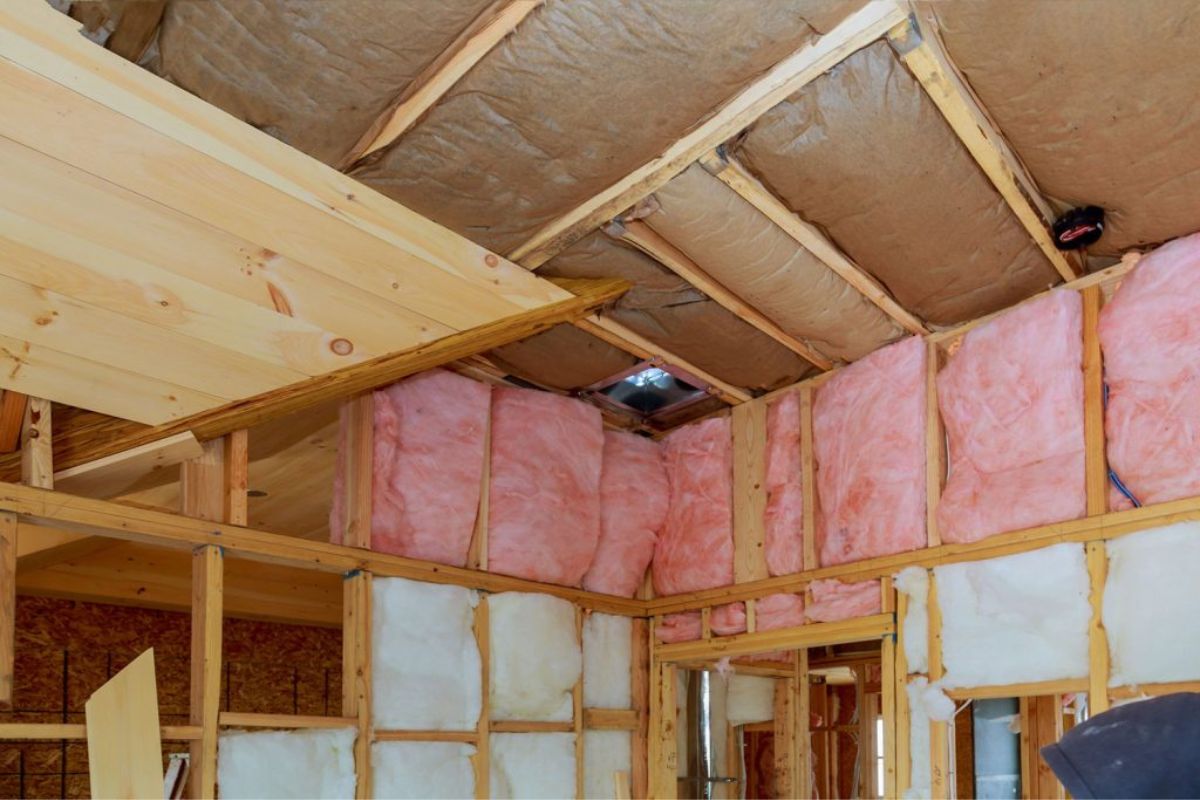

Articles
What Is R-13 Insulation Used For
Modified: March 25, 2024
Learn about the various applications and benefits of R-13 insulation in this informative article. Discover how this type of insulation can improve energy efficiency and ensure proper home insulation
(Many of the links in this article redirect to a specific reviewed product. Your purchase of these products through affiliate links helps to generate commission for Storables.com, at no extra cost. Learn more)
Introduction
R-13 insulation is a type of thermal insulation that is used in various applications to improve energy efficiency and regulate temperature. This insulation material is designed to reduce heat transfer and maintain a comfortable environment by minimizing heat loss or gain through walls, ceilings, and floors. With its excellent insulation properties, R-13 insulation has become a popular choice in residential and commercial buildings.
R-13 insulation is defined by its thermal resistance, which is measured in terms of its R-value. The R-value indicates the insulation’s ability to resist heat flow. The higher the R-value, the greater the insulation’s effectiveness in reducing heat transfer. R-13 insulation is categorized as a medium-level insulation, with its R-value typically ranging from 3.5 to 4.2 per inch of thickness.
The primary purpose of R-13 insulation is to create a thermal barrier that helps maintain a consistent indoor temperature throughout the year. It is commonly used in regions with moderate climates or as supplemental insulation in areas with more extreme temperature variations. By properly insulating a building with R-13 insulation, property owners can reduce heating and cooling costs and create a more comfortable living or working environment.
Furthermore, R-13 insulation is designed to be easy to install, making it an attractive option for both professional builders and DIY enthusiasts. It is available in various forms, including batts, rolls, or loose-fill, allowing for flexible installation methods based on the specific application.
In the following sections, we will explore the thermal conductivity of R-13 insulation, its applications, benefits, limitations, installation process, cost, and comparisons with other types of insulation. By the end of this article, you will have a comprehensive understanding of R-13 insulation and its role in maintaining energy efficiency and comfort in buildings.
Key Takeaways:
- R-13 insulation is a versatile, cost-effective solution that improves energy efficiency, thermal comfort, and soundproofing in buildings, making it a popular choice for various applications in residential and commercial construction projects.
- When comparing insulation options, it’s crucial to consider factors such as R-value, material composition, cost, and installation requirements. Consulting with insulation professionals can provide valuable insights into choosing the most appropriate insulation type for specific project needs.
Read more: What Is R-7 Insulation Used For
Definition of R-13 Insulation
R-13 insulation refers to a specific type of thermal insulation material that is designed to resist the transfer of heat through walls, floors, and ceilings. It derives its name from its thermal resistance value, known as the R-value. The R-value of insulation measures its ability to impede heat flow, with higher values indicating greater insulation effectiveness.
R-13 insulation typically consists of fiberglass or mineral wool, which are known for their excellent thermal insulating properties. The insulation material is available in the form of flexible, pre-cut batts or rolls, which can be easily installed in various parts of a building’s envelope.
With an R-value between 3.5 and 4.2 per inch of thickness, R-13 insulation is considered a medium-level insulation option. It is commonly used in regions with moderate temperature variations to enhance energy efficiency and maintain a comfortable indoor environment. R-13 insulation can be employed in both residential and commercial construction projects.
One key aspect of R-13 insulation is its ability to reduce heat transfer through conduction, convection, and radiation. Conduction refers to the transfer of heat through solid materials, such as walls or ceilings. By installing R-13 insulation, the heat transfer through conduction is significantly impeded, resulting in reduced energy consumption for heating or cooling.
Convection refers to the transfer of heat through the movement of fluids, such as air. R-13 insulation also acts as a barrier to convection, preventing warm or cold air from infiltrating the building. This helps maintain a more stable temperature and reduces the workload on HVAC systems.
Radiation, on the other hand, involves heat transfer through electromagnetic waves. R-13 insulation contains materials that can reflect or absorb thermal radiation, further improving its ability to hold in heat during the colder months and keep out heat during hotter periods.
In summary, R-13 insulation is a thermal insulation material with a medium-level R-value that is commonly used in construction projects to minimize heat transfer. Its installation helps maintain a comfortable indoor environment while reducing energy consumption and improving energy efficiency.
Thermal Conductivity of R-13 Insulation
The thermal conductivity of R-13 insulation refers to its ability to conduct or transfer heat. It is an essential factor to consider when evaluating the effectiveness of insulation materials in minimizing heat flow. The lower the thermal conductivity, the better the insulation material is at resisting heat transfer.
R-13 insulation is primarily made of materials like fiberglass or mineral wool, which have low thermal conductivity. These materials are composed of fine fibers or strands that trap pockets of air, which are known for their insulating properties. The air pockets create a barrier that hinders heat conduction through the insulation material.
The thermal conductivity of R-13 insulation typically ranges from 0.030 to 0.040 W/m·K (watts per meter per Kelvin). This measurement indicates the amount of heat that can transfer through one square meter of insulation material with a temperature difference of one Kelvin. The lower the thermal conductivity value, the better the insulation performance.
The low thermal conductivity of R-13 insulation allows it to effectively reduce heat transfer through conduction, convection, and radiation. By minimizing these types of heat transfer, R-13 insulation helps create a more energy-efficient and comfortable indoor environment.
Conduction is one of the main modes of heat transfer. When R-13 insulation is installed in walls, floors, or ceilings, it acts as a barrier to prevent the transfer of heat through solid materials. The low thermal conductivity of R-13 insulation slows down the conduction process, reducing heat loss or gain from the building’s interior to its exterior.
Convection is another mode of heat transfer where heat is transferred through the movement of air. R-13 insulation helps limit convective heat transfer by creating a barrier that prevents warm or cold air from moving freely through the insulation material. This helps maintain a stable indoor temperature and reduces the reliance on heating or cooling systems.
Radiation heat transfer occurs when heat is emitted and absorbed as thermal radiation. R-13 insulation contains materials that either reflect or absorb thermal radiation, minimizing its impact on the heat transfer process. This characteristic further enhances the insulation capabilities of R-13 insulation.
In summary, the thermal conductivity of R-13 insulation plays a crucial role in its ability to resist heat transfer. With its low thermal conductivity, R-13 insulation effectively minimizes heat loss or gain through conduction, convection, and radiation, contributing to improved energy efficiency and comfort in buildings.
Applications of R-13 Insulation
R-13 insulation finds a wide range of applications in both residential and commercial buildings. Its versatility and effectiveness make it a popular choice for improving energy efficiency and thermal comfort. Let’s explore some of the common applications where R-13 insulation is utilized:
- Wall Insulation: R-13 insulation is commonly used in exterior walls to minimize heat transfer between the interior and exterior of a building. It is typically installed between the wall studs or as a continuous layer on the interior or exterior side of the wall. By insulating walls with R-13 insulation, properties can reduce energy consumption, stabilize indoor temperature, and enhance acoustic insulation.
- Attic Insulation: R-13 insulation is often employed in attics to prevent heat loss or gain through the roof. It is installed between the attic floor joists or as a layer on the attic ceiling. Insulating the attic with R-13 insulation helps create a thermal barrier that reduces heat transfer from the attic to the living spaces below, thereby improving energy efficiency and maintaining a comfortable indoor environment.
- Floor Insulation: R-13 insulation can be used to insulate floors, especially those above unconditioned spaces such as crawl spaces or garages. It is installed between the floor joists, providing a thermal barrier that limits heat transfer, improves energy efficiency, and enhances insulation against noise transmission.
- Cavity Wall Insulation: R-13 insulation is also suitable for cavity walls, which are constructed with an inner and outer layer of masonry or concrete with a gap in between. The insulation material is injected or placed in this gap, creating a thermal barrier that improves energy efficiency and reduces heat loss or gain through the walls.
- Soundproofing: R-13 insulation is effective in reducing sound transmission between rooms. It can be used in interior walls or floors to provide an additional layer of soundproofing and improve acoustic insulation.
- Renovations and Retrofitting: R-13 insulation is often used in renovation or retrofitting projects where older buildings lack sufficient insulation. It can be added to existing walls, floors, or ceilings to enhance energy efficiency and thermal comfort.
These are just a few of the many applications where R-13 insulation can be utilized. Its versatility makes it a valuable choice for various building types and construction projects. Whether it is for new construction or retrofitting, R-13 insulation plays a crucial role in improving energy efficiency, reducing heating and cooling costs, and creating a more comfortable indoor environment.
Benefits and Advantages of Using R-13 Insulation
R-13 insulation offers several benefits and advantages that make it a popular choice for improving energy efficiency and thermal comfort in buildings. Let’s explore some of the key benefits of using R-13 insulation:
- Improved Energy Efficiency: One of the primary advantages of R-13 insulation is its ability to reduce heat transfer. By creating a barrier to heat flow, R-13 insulation helps keep conditioned air inside during the winter and prevents unwanted heat from entering during the summer. This results in less reliance on heating and cooling systems, leading to lower energy consumption and reduced utility bills.
- Enhanced Thermal Comfort: R-13 insulation helps maintain a more consistent indoor temperature by preventing heat loss or gain through walls, floors, and ceilings. This creates a more comfortable living or working environment, reducing drafts and preventing hot or cold spots within the building.
- Noise Reduction: In addition to thermal insulation, R-13 insulation also provides soundproofing benefits. It helps minimize the transmission of noise between rooms or from external sources, improving acoustic comfort and privacy within the building.
- Quick and Easy Installation: R-13 insulation is available in pre-cut batts or rolls, making it easy to handle and install. Builders and homeowners can quickly and efficiently insulate walls, floors, and ceilings with R-13 insulation, saving time and reducing installation costs.
- Cost-Effective: R-13 insulation offers an excellent balance between cost and performance. It provides significant energy savings without requiring a substantial upfront investment. The long-term cost savings from reduced energy consumption often outweigh the initial costs of R-13 insulation installation.
- Non-Toxic and Environmentally Friendly: R-13 insulation made from fiberglass or mineral wool is non-toxic and safe for occupants. It does not release harmful chemicals or emissions into the indoor environment. Additionally, these materials are recyclable, making R-13 insulation an environmentally friendly choice.
Overall, using R-13 insulation in buildings provides numerous benefits, including improved energy efficiency, enhanced thermal comfort, noise reduction, easy installation, cost-effectiveness, and environmental friendliness. These advantages make R-13 insulation a practical solution for both residential and commercial construction projects, helping create energy-efficient and comfortable spaces while reducing carbon footprint and operating costs.
R-13 insulation is commonly used in exterior walls and attics of residential buildings. It provides thermal resistance to help regulate indoor temperature and reduce energy costs.
Read more: What Is R-19 Insulation Used For?
Limitations of R-13 Insulation
While R-13 insulation offers several benefits, it is important to consider its limitations to make informed decisions regarding its use. Here are some limitations of R-13 insulation:
- Lower Insulation Value: Compared to higher R-value insulation materials, R-13 insulation has a lower thermal resistance. This means that it may not provide sufficient insulation in areas with more extreme climate conditions or in buildings with high energy demands. In these cases, additional or alternative insulation methods may be required.
- Inadequate for Large Spaces: R-13 insulation may not be suitable for large areas or spaces with high ceiling heights. In such cases, the thinner insulation thickness of R-13 may not provide adequate insulation protection. Thicker insulation or alternative insulation methods may be necessary to achieve the desired level of insulation performance.
- Air Leakage: Although R-13 insulation helps reduce heat transfer through conduction and convection, it may not effectively address air leakage. Gaps, cracks, or improper installation can allow air to pass through the insulation material, reducing its overall effectiveness. Proper sealing techniques and additional air barrier materials may be necessary to minimize air leakage.
- Moisture Concerns: R-13 insulation made from fiberglass may absorb and retain moisture if not installed and sealed properly. Moisture can reduce the insulation’s effectiveness and lead to mold or mildew growth. Proper vapor barriers and moisture control measures should be implemented to mitigate these concerns.
- Noise Transmission: While R-13 insulation provides some level of soundproofing, it may not completely eliminate noise transmission between rooms. For buildings located in areas with high levels of external noise or for applications where soundproofing is a critical requirement, supplementary soundproofing measures may be necessary.
- Fire Safety: R-13 insulation made from certain materials, such as fiberglass, may be susceptible to fire and can contribute to the spread of flames. Code-compliant fire-resistant barriers or additional fireproofing measures should be implemented to ensure adequate fire safety in buildings insulated with R-13 insulation.
It is crucial to consider these limitations and evaluate the specific requirements of the building and climate when deciding on the suitability of R-13 insulation. Consulting with professionals who have expertise in insulation and building science can help in making the right choices and addressing any potential limitations or challenges that arise.
Installation Process of R-13 Insulation
The installation process of R-13 insulation varies depending on the specific application and building structure. However, the general steps involved in installing R-13 insulation are as follows:
- Prepare the Work Area: Before installation, prepare the work area by ensuring it is clean and free from any obstructions. Remove any existing insulation or debris that may impede the installation process.
- Measure and Cut: Measure the length and width of the area where the insulation will be installed. Use a sharp utility knife or insulation cutter to cut the R-13 insulation batts or rolls to the appropriate size. Ensure that the insulation fits snugly to achieve maximum effectiveness.
- Position and Secure: Position the cut insulation between the studs, joists, or ceiling rafters, depending on the specific application. Ensure that the insulation is tightly secured and covers the entire surface without gaps or overlaps. Use insulation supports, such as wire or insulation hangers, to hold the insulation in place.
- Seal Air Leaks: Inspect the installation area for any gaps, cracks, or air leaks that may compromise the insulation’s effectiveness. Use an appropriate sealant or insulation tape to seal these openings and prevent air leakage.
- Install Vapor Barrier: In areas with high humidity levels, it is essential to install a vapor barrier to prevent moisture from entering the insulation. The vapor barrier should be installed on the warm side of the insulation, facing the interior of the building. Ensure that the seams are properly sealed to create an airtight barrier.
- Insulate Around Obstacles: Pay particular attention to areas where there are obstructions, such as electrical wiring, plumbing, or vents. Cut and fit pieces of insulation carefully around these obstacles, ensuring that they are fully covered without compressing the insulation.
- Insulate Outlets and Switches: To prevent heat transfer around electrical outlets and switches, install foam gaskets or insulation pads behind them to create a thermal barrier. This helps maintain the insulation’s effectiveness and reduces drafts.
- Complete with a Finishing Layer: Depending on the specific application, a finishing layer, such as drywall or paneling, may be required to complete the installation. Ensure that the finishing layer is properly installed and does not compress or compress the insulation.
It is essential to follow manufacturer guidelines and local building codes when installing R-13 insulation. For complex installations or if you are unfamiliar with insulation installation, it is recommended to consult with a professional insulation contractor. They can provide guidance, ensure proper installation, and help optimize the insulation’s performance.
Cost of R-13 Insulation
The cost of R-13 insulation can vary based on several factors, including the type of insulation material, the size of the area to be insulated, and the region in which the insulation is being purchased. Here are some factors to consider when estimating the cost:
- Insulation Material: R-13 insulation is commonly available in fiberglass or mineral wool form. The cost may vary depending on the specific brand, quality, and supplier of the insulation material. Fiberglass insulation tends to be more affordable compared to mineral wool insulation.
- Area to be Insulated: The total area that needs insulation will impact the overall cost. Calculate the square footage of the walls, floors, or ceilings that require insulation to estimate the amount of insulation material needed.
- Thickness and R-Value: R-13 insulation is typically available in standard thicknesses to achieve the desired R-value. The price may increase as the thickness or R-value of the insulation material rises. Verify the recommended R-value for your region and budget accordingly.
- Additional Materials: In some cases, additional materials may be required during installation, such as vapor barriers, fasteners, or adhesive tapes. These materials should be factored into the overall cost estimation.
- Labour Costs: If you are considering hiring a professional insulation contractor for installation, labour costs will be an added expense. The labour cost will depend on the complexity and size of the project.
- Market Conditions: Market conditions and locations can influence the price of insulation materials. Prices may vary between different suppliers or regions. It is advisable to research and compare prices from multiple sources to ensure a competitive price.
As a general estimate, the cost of R-13 insulation can range from $0.40 to $0.80 per square foot, excluding installation labour costs. This estimation is subject to variation based on the aforementioned factors.
It is worth noting that investing in high-quality insulation can result in long-term energy savings and improved comfort, making it a cost-effective choice in the long run. It is recommended to consider the overall value and benefits of R-13 insulation when evaluating the cost.
For accurate pricing and to get the best deal, it is recommended to obtain quotes from reputable insulation suppliers or consult with insulation contractors. They can provide customized cost estimates based on your specific project requirements.
Comparisons with Other Types of Insulation
When choosing insulation for a building, it’s important to consider various options available on the market. Here is a comparison of R-13 insulation with other types of insulation to help you make an informed decision:
- R-13 Insulation vs R-Value: R-13 insulation refers specifically to insulation materials with an R-value of approximately 13. It is considered a medium-level insulation option. Other types of insulation, such as R-19 or R-30, have higher R-values, indicating better insulation performance. The choice of insulation should be based on the specific thermal requirements and climate conditions of the building.
- R-13 Insulation vs Fiberglass: R-13 insulation is commonly available in fiberglass form. Fiberglass insulation is affordable, lightweight, and widely used. However, it may not perform as well in damp or humid conditions unless properly sealed. Fiberglass insulation can be more prone to air leakage compared to other materials.
- R-13 Insulation vs Mineral Wool: Mineral wool insulation is another common option for R-13 insulation. It offers similar insulation performance to fiberglass and provides better resistance to fire and moisture. Mineral wool is denser and provides better soundproofing properties compared to fiberglass insulation.
- R-13 Insulation vs Spray Foam: Spray foam insulation offers excellent air sealing and insulation performance. It creates an airtight barrier, making it highly efficient in reducing heat transfer. However, spray foam insulation is generally more expensive compared to R-13 insulation and requires professional installation.
- R-13 Insulation vs Cellulose Insulation: Cellulose insulation is made from recycled paper and treated with fire retardants. It offers good insulation performance and possesses some soundproofing properties. Cellulose insulation is typically loose-fill, requiring a blowing machine for installation, which may increase the overall installation cost compared to R-13 insulation.
- R-13 Insulation vs Reflective Insulation: Reflective insulation, often used in attics, utilizes a radiant barrier to reflect heat. It can complement traditional insulation methods but is not typically used as the primary insulation. Reflective insulation can be effective in hot climates, but its performance may be limited in colder regions.
When comparing insulation options, it is crucial to consider factors such as insulation performance, cost, installation ease, fire resistance, moisture resistance, and specific building requirements. The choice of insulation should be based on the unique needs of the project, including climate, budget, and desired thermal performance.
Consulting with insulation experts or professionals can provide valuable insights into choosing the most appropriate insulation type for your specific needs. They can assess factors such as the building’s design, location, and energy efficiency goals to help you make an informed decision and achieve the best insulation results for your project.
Read more: What Is R-11 Insulation Used For
Conclusion
R-13 insulation is a versatile and effective thermal insulation material that offers numerous benefits for residential and commercial buildings. With its medium-level R-value, R-13 insulation helps improve energy efficiency, maintain a comfortable indoor environment, and reduce heating and cooling costs.
The installation of R-13 insulation in walls, floors, attics, and other areas creates a thermal barrier that minimizes heat transfer through conduction, convection, and radiation. By impeding these types of heat transfer, R-13 insulation contributes to a more energy-efficient building and enhanced thermal comfort.
While R-13 insulation has several advantages, it is important to consider its limitations. Factors such as the size of the area to be insulated, insulation thickness, and potential air leakage should be evaluated when determining the suitability of R-13 insulation for a particular project.
When comparing R-13 insulation to other types of insulation, factors such as R-value, material composition, cost, and installation requirements should be considered. Each insulation option has its own benefits and considerations, making it essential to choose the one that best aligns with the specific requirements of the building and its occupants.
In summary, R-13 insulation is a cost-effective solution that can improve energy efficiency, thermal comfort, and soundproofing in buildings. Its easy installation process, availability in different forms, and environmentally friendly nature make it a popular choice for a variety of applications.
When considering insulation options, it is recommended to consult with insulation professionals who can provide expert advice and guidance. Their expertise can help determine the most appropriate insulation materials and installation methods based on the specific needs of your project, ensuring optimal insulation performance and long-term energy savings.
By harnessing the benefits of R-13 insulation, building owners can create more sustainable, comfortable, and efficient spaces that have a positive impact on both finances and the environment.
Frequently Asked Questions about What Is R-13 Insulation Used For
Was this page helpful?
At Storables.com, we guarantee accurate and reliable information. Our content, validated by Expert Board Contributors, is crafted following stringent Editorial Policies. We're committed to providing you with well-researched, expert-backed insights for all your informational needs.
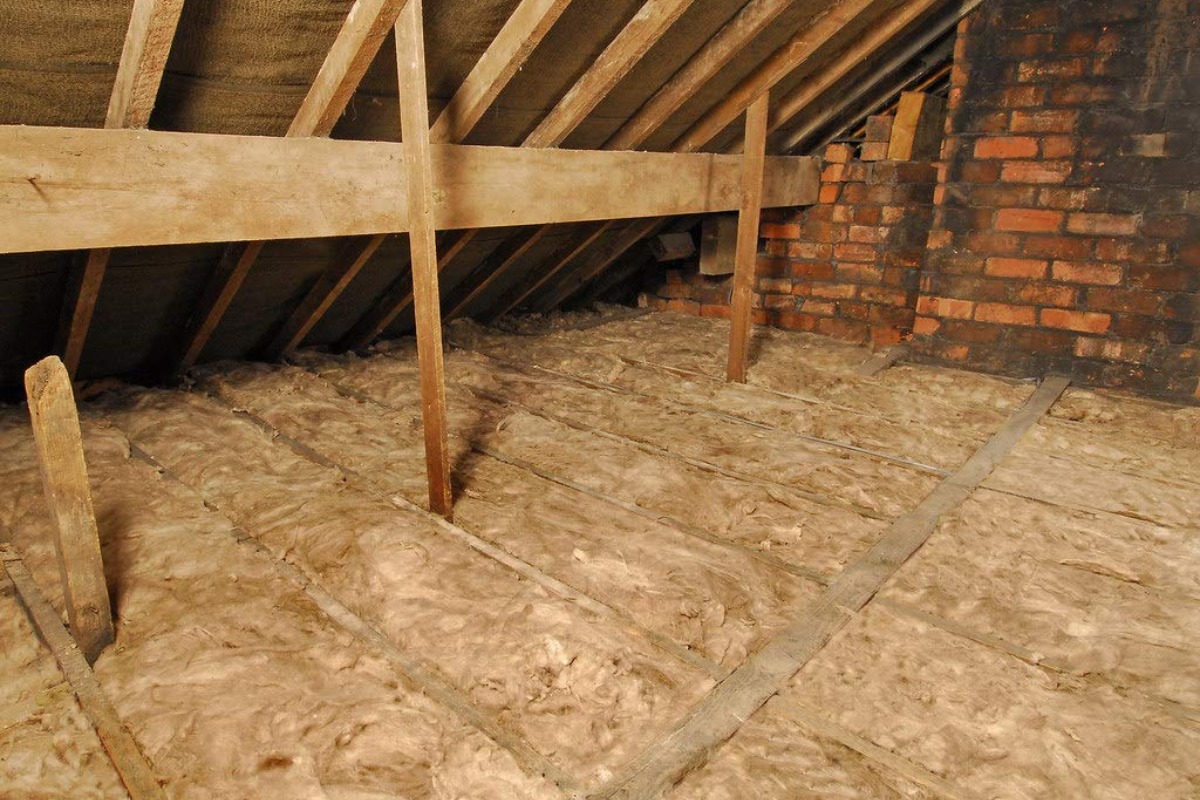
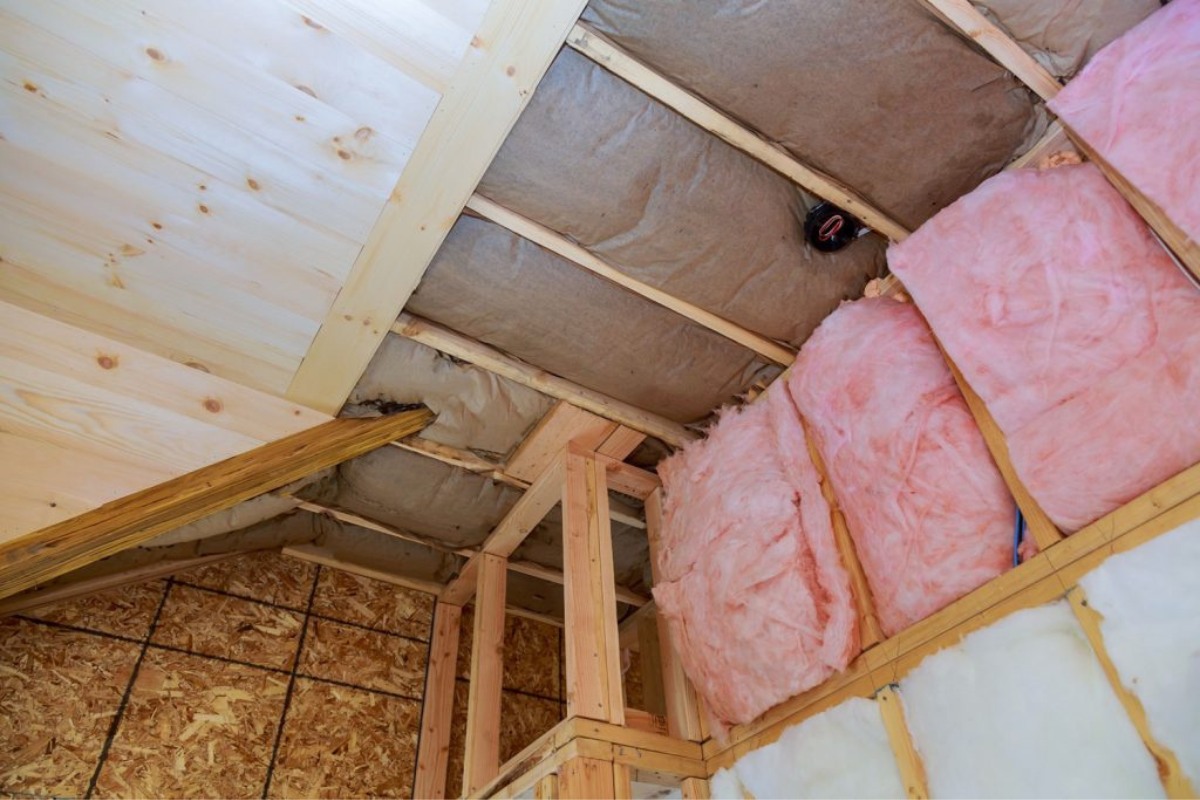
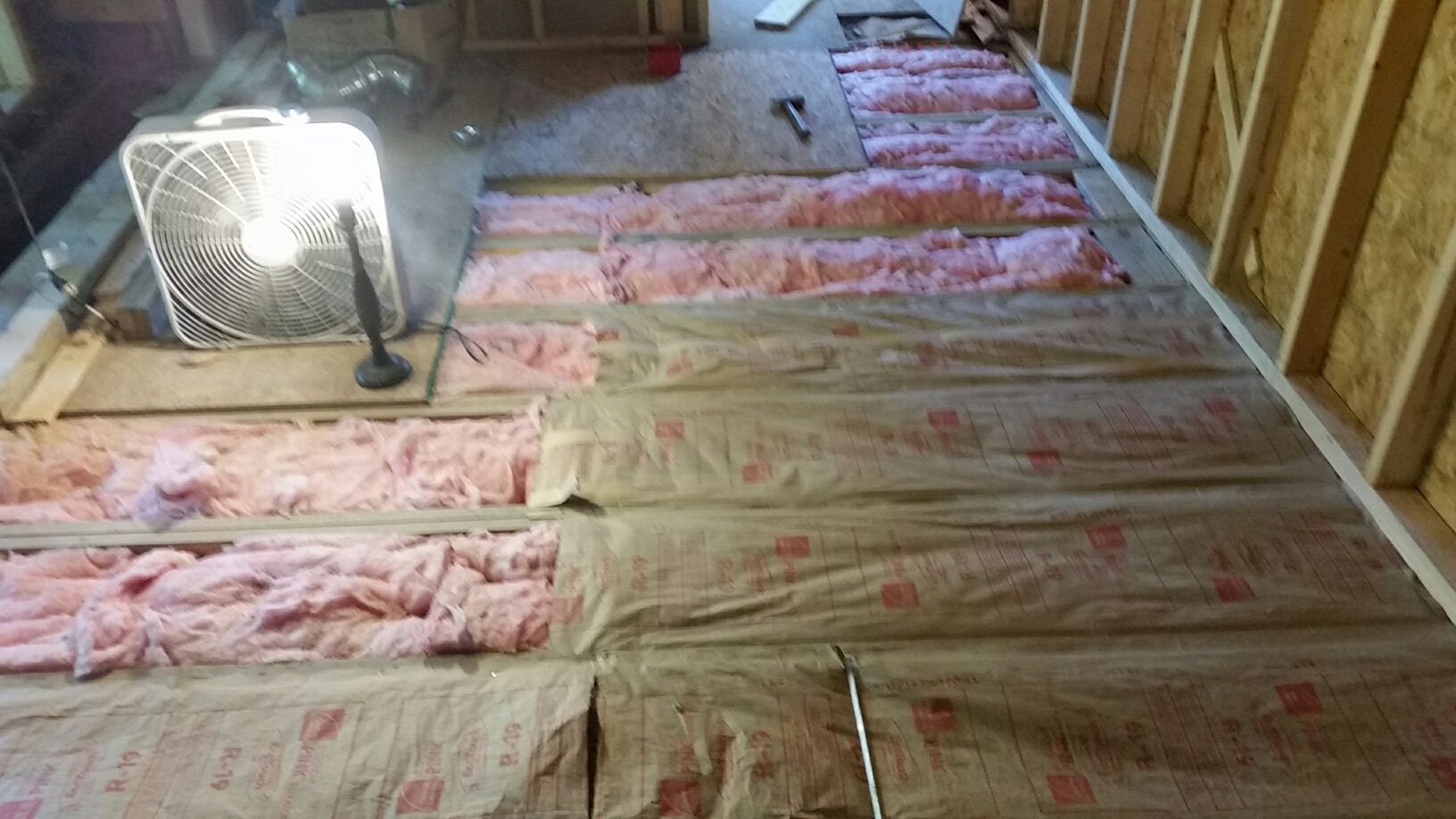
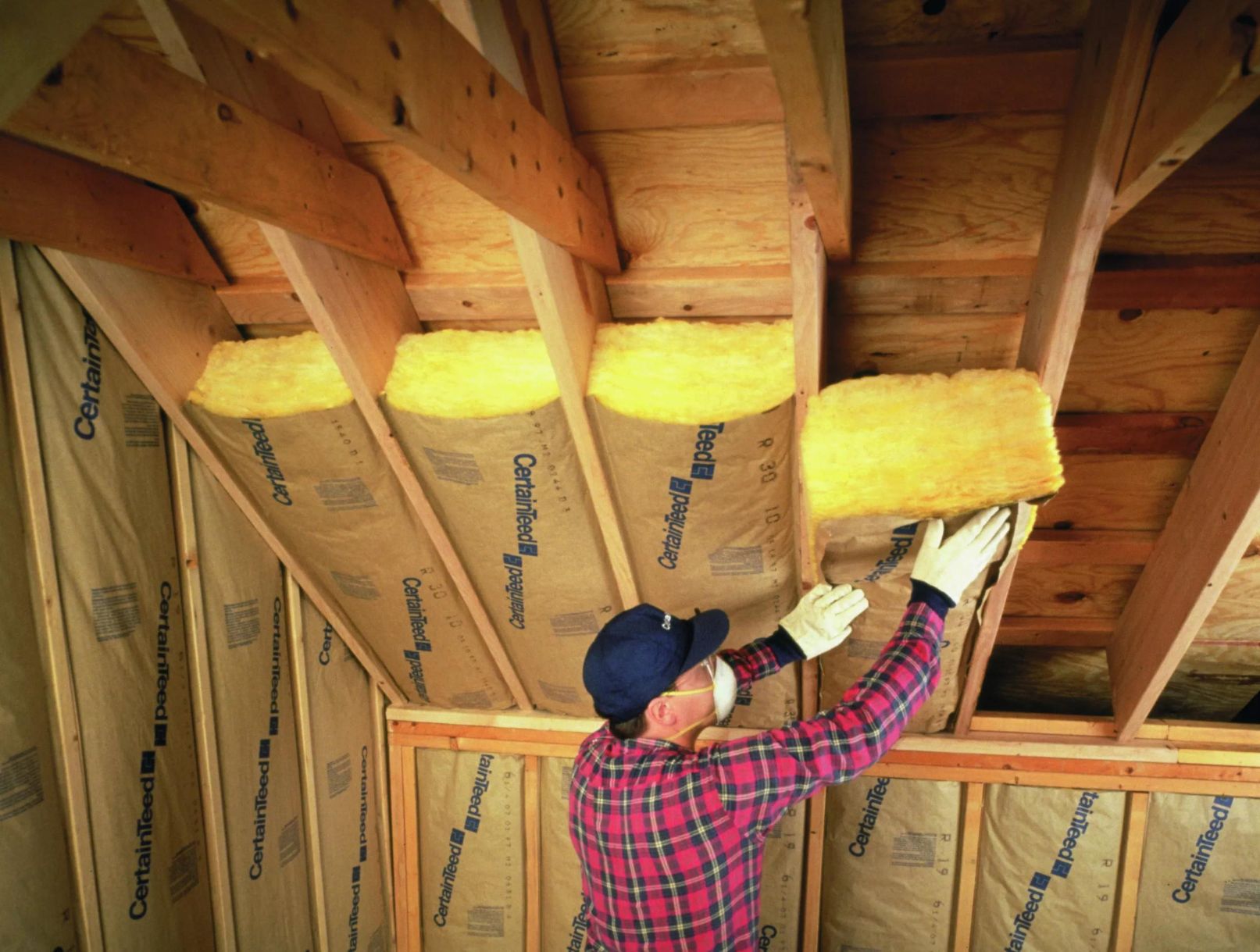
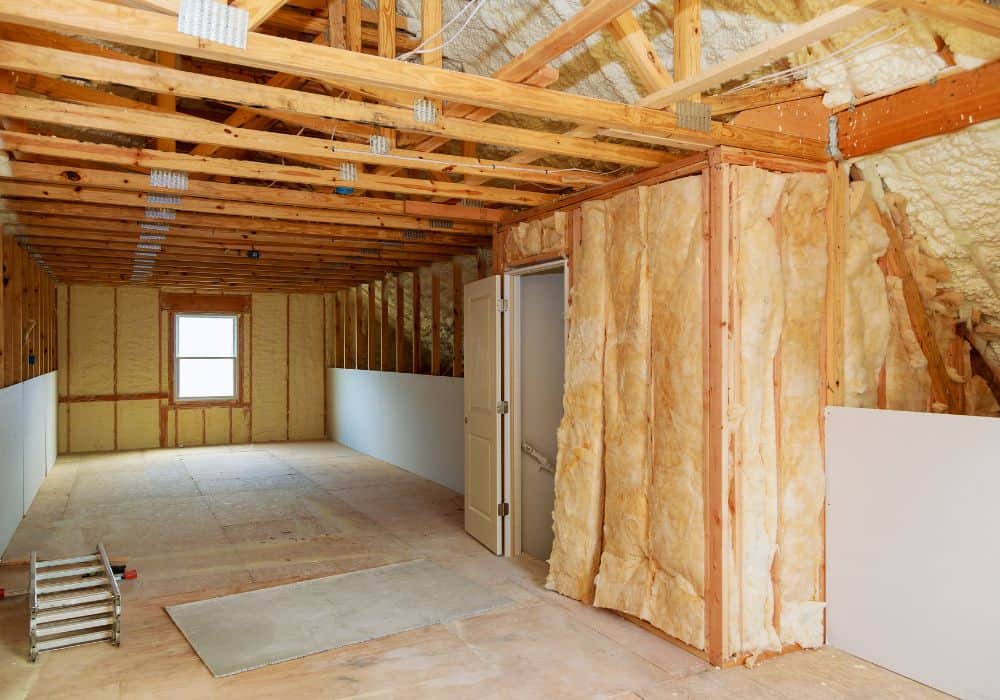
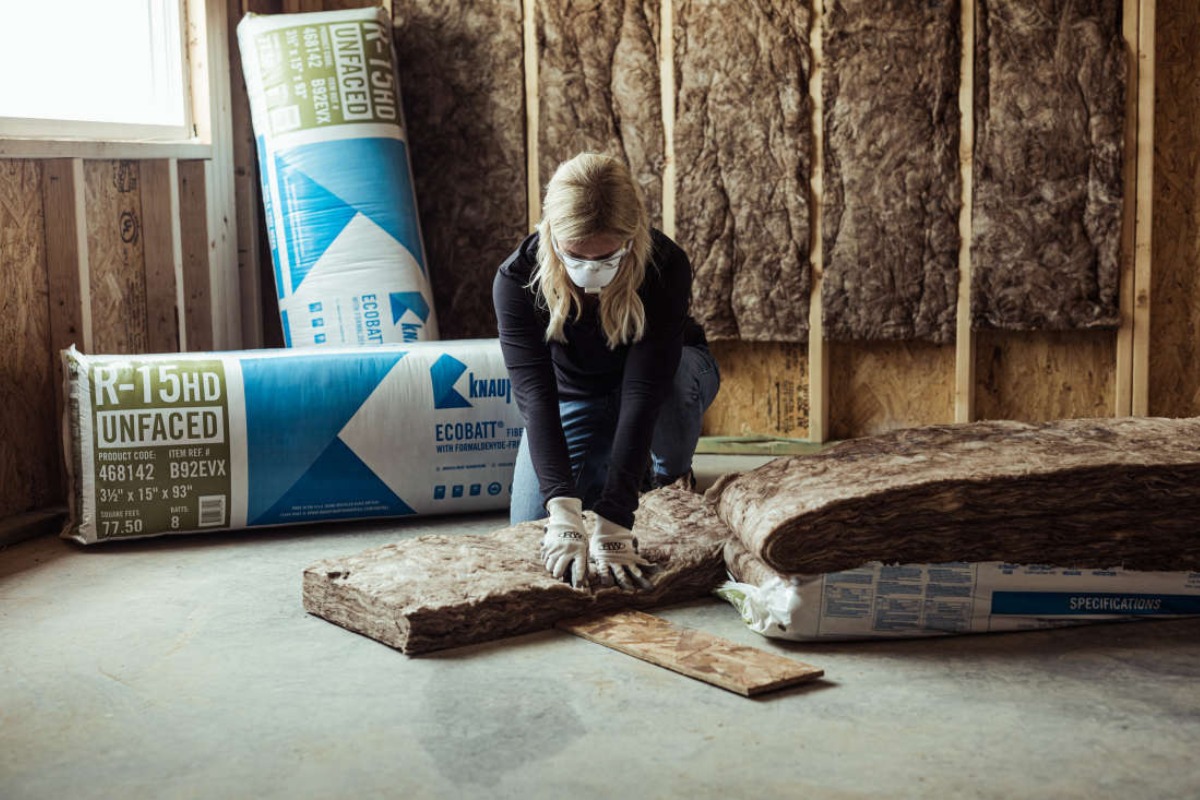
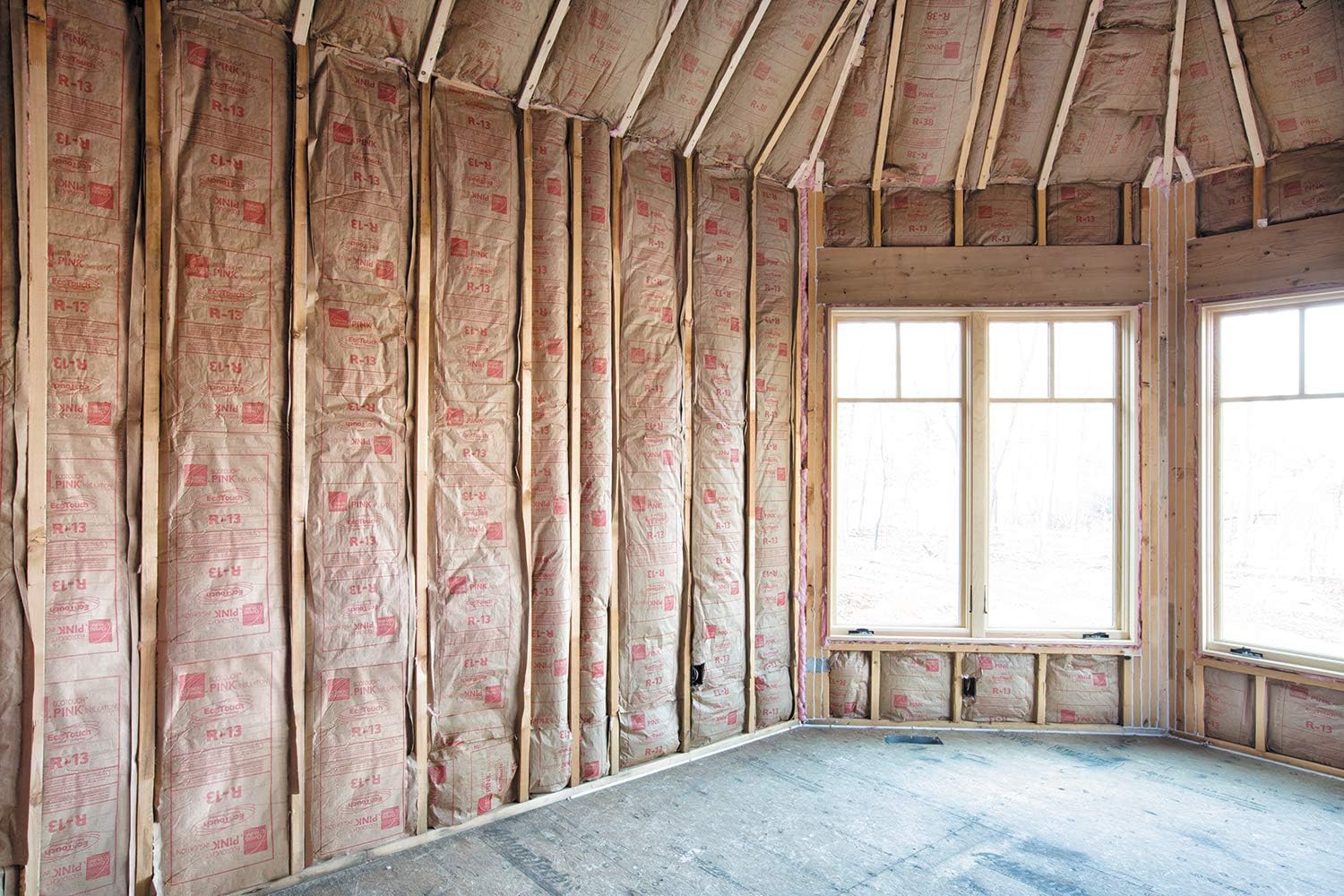
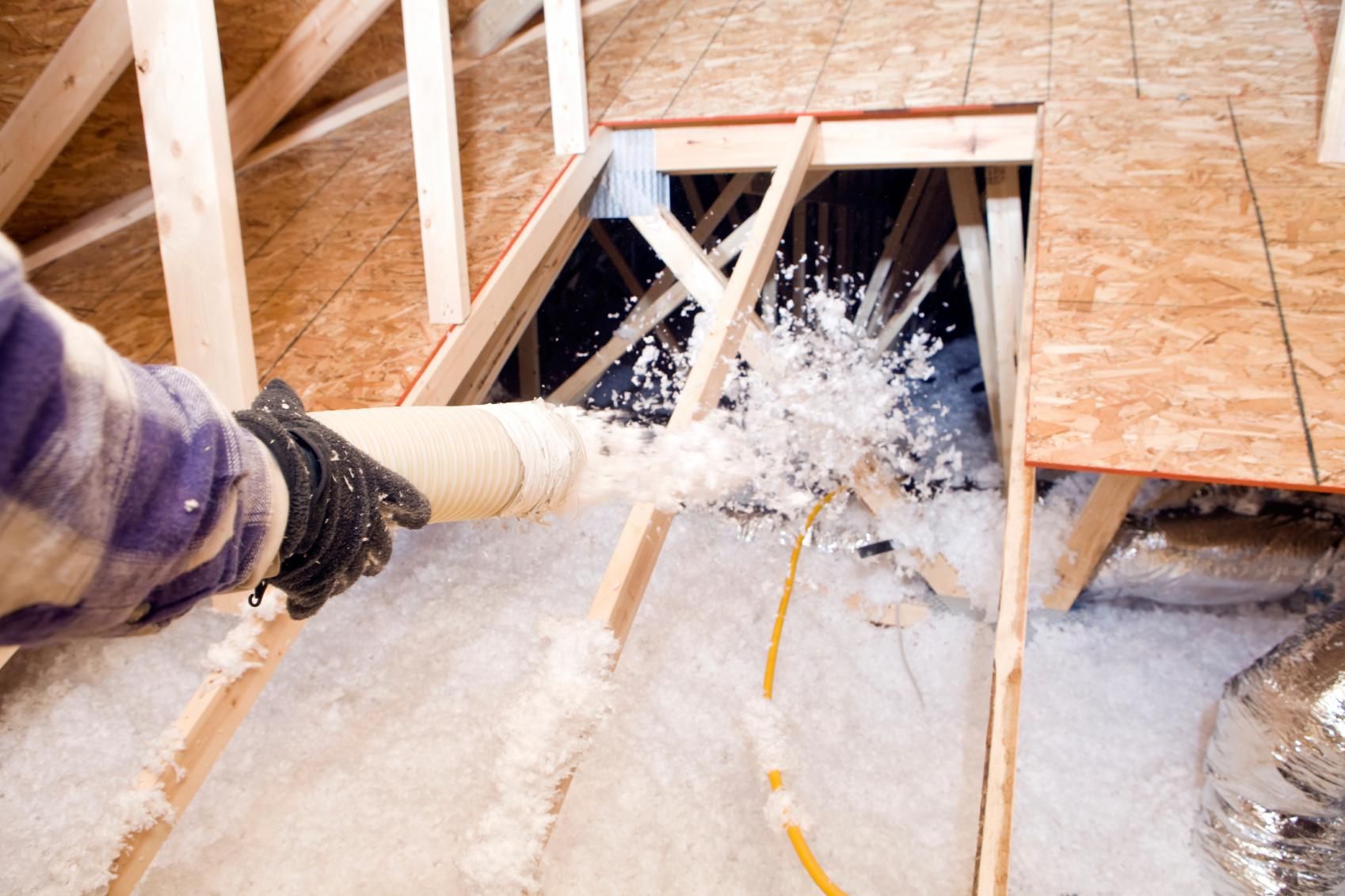
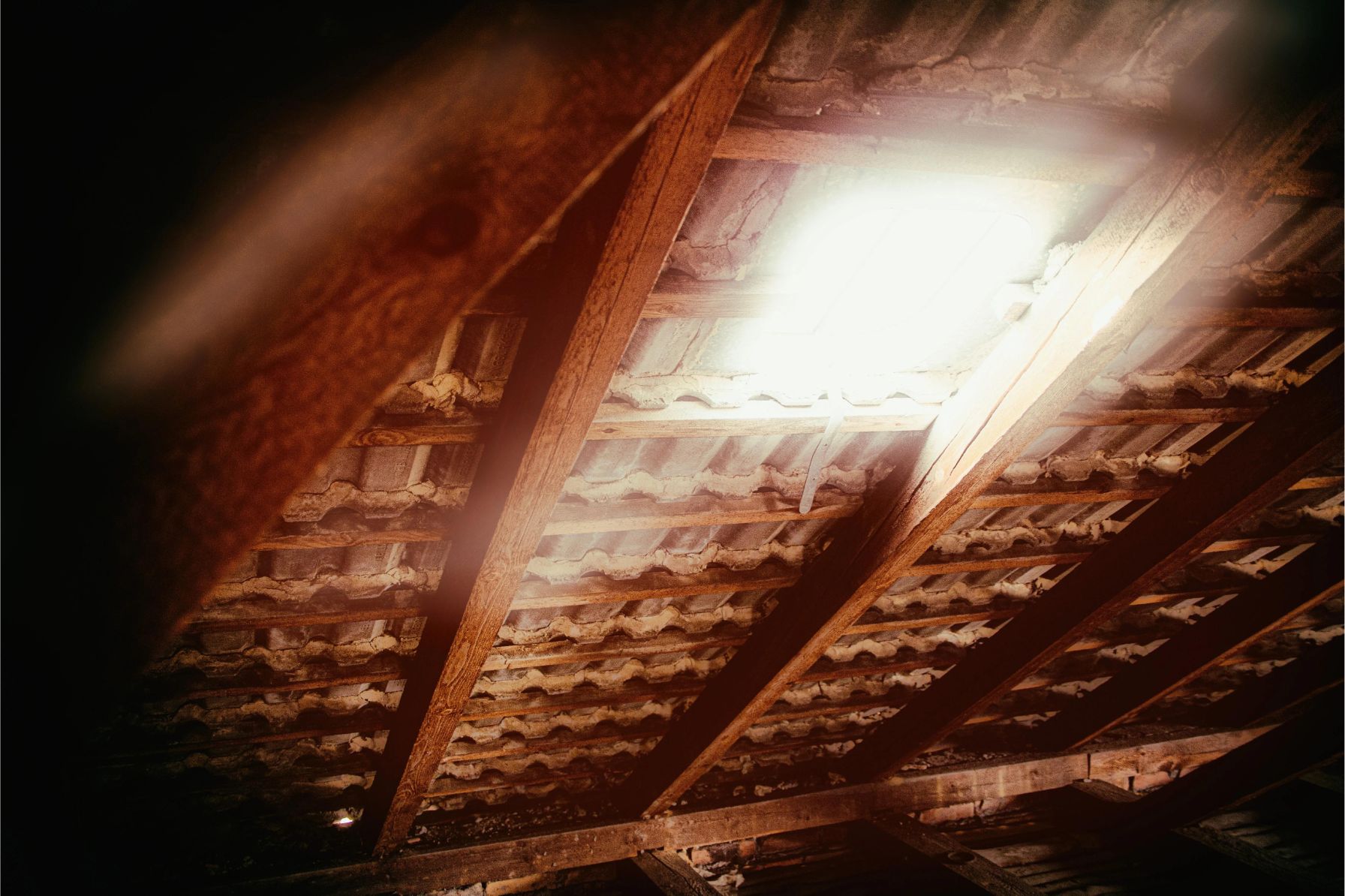
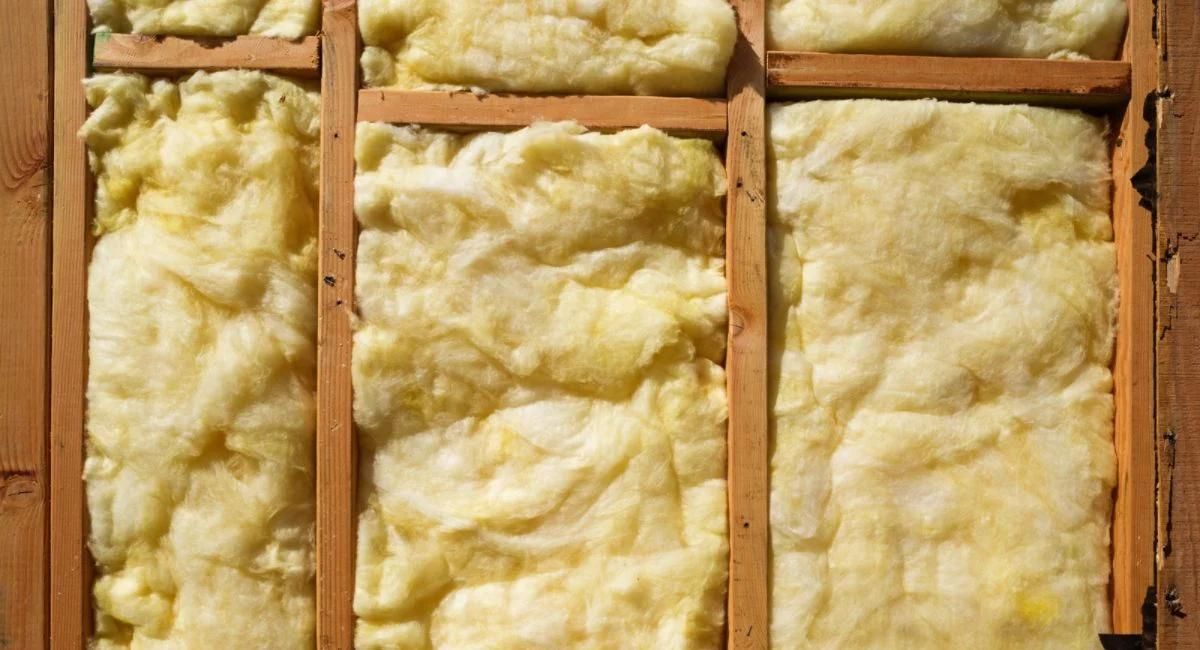
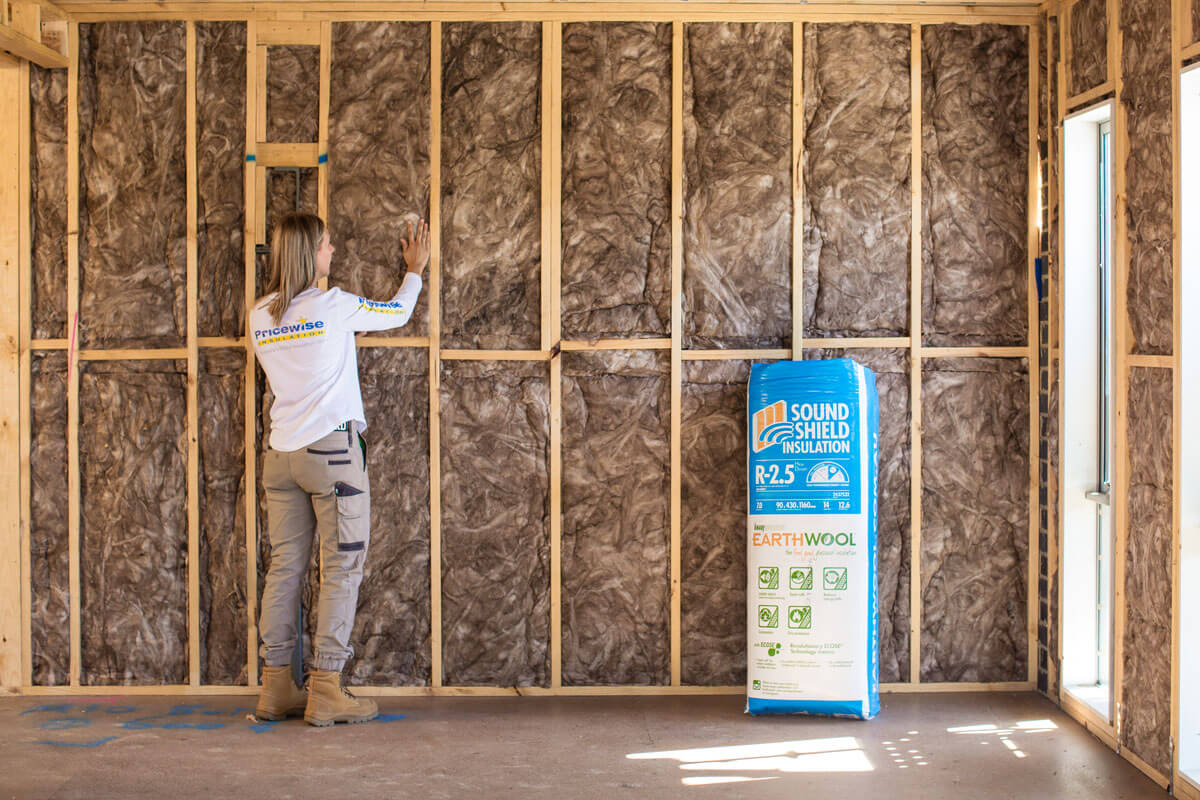
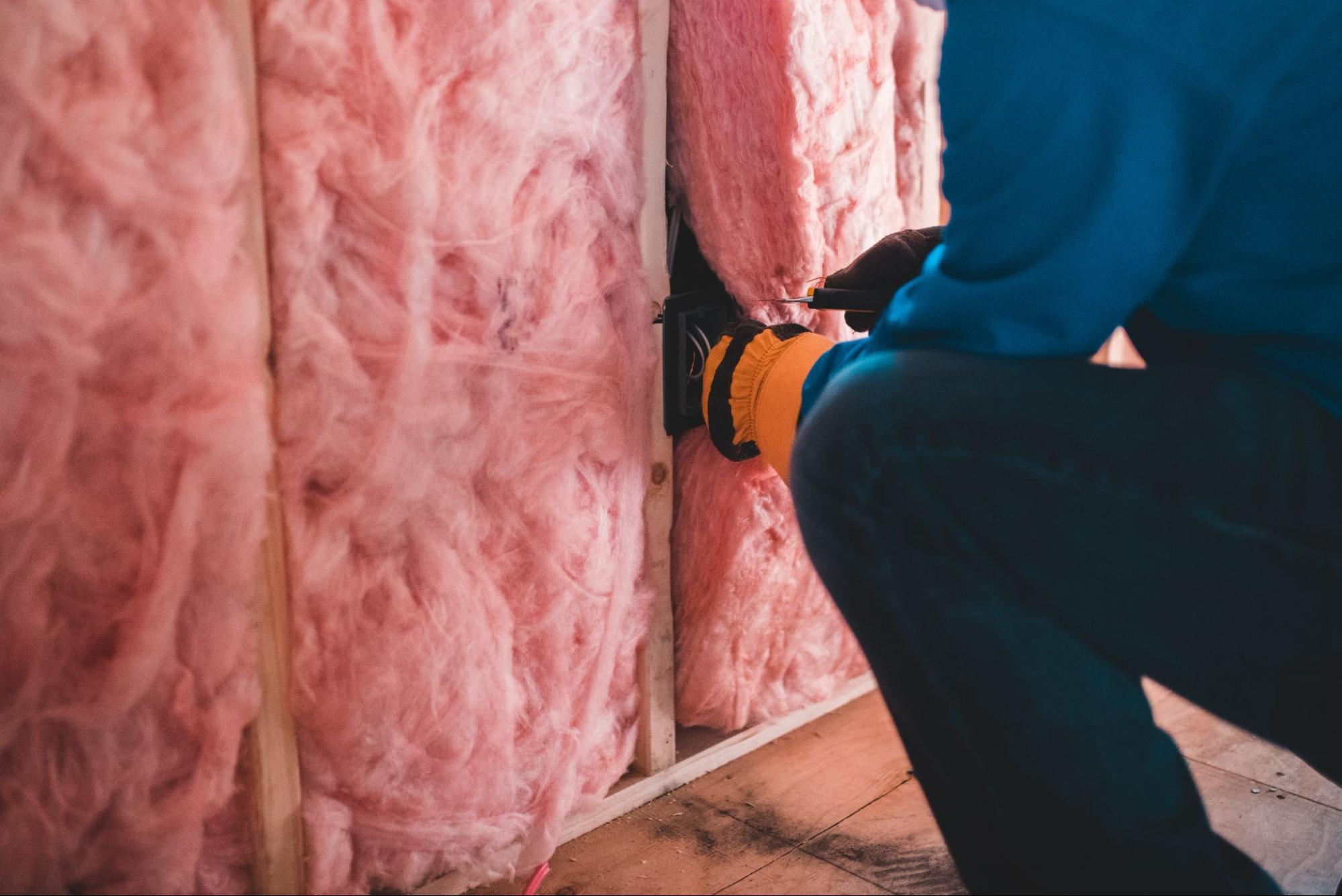
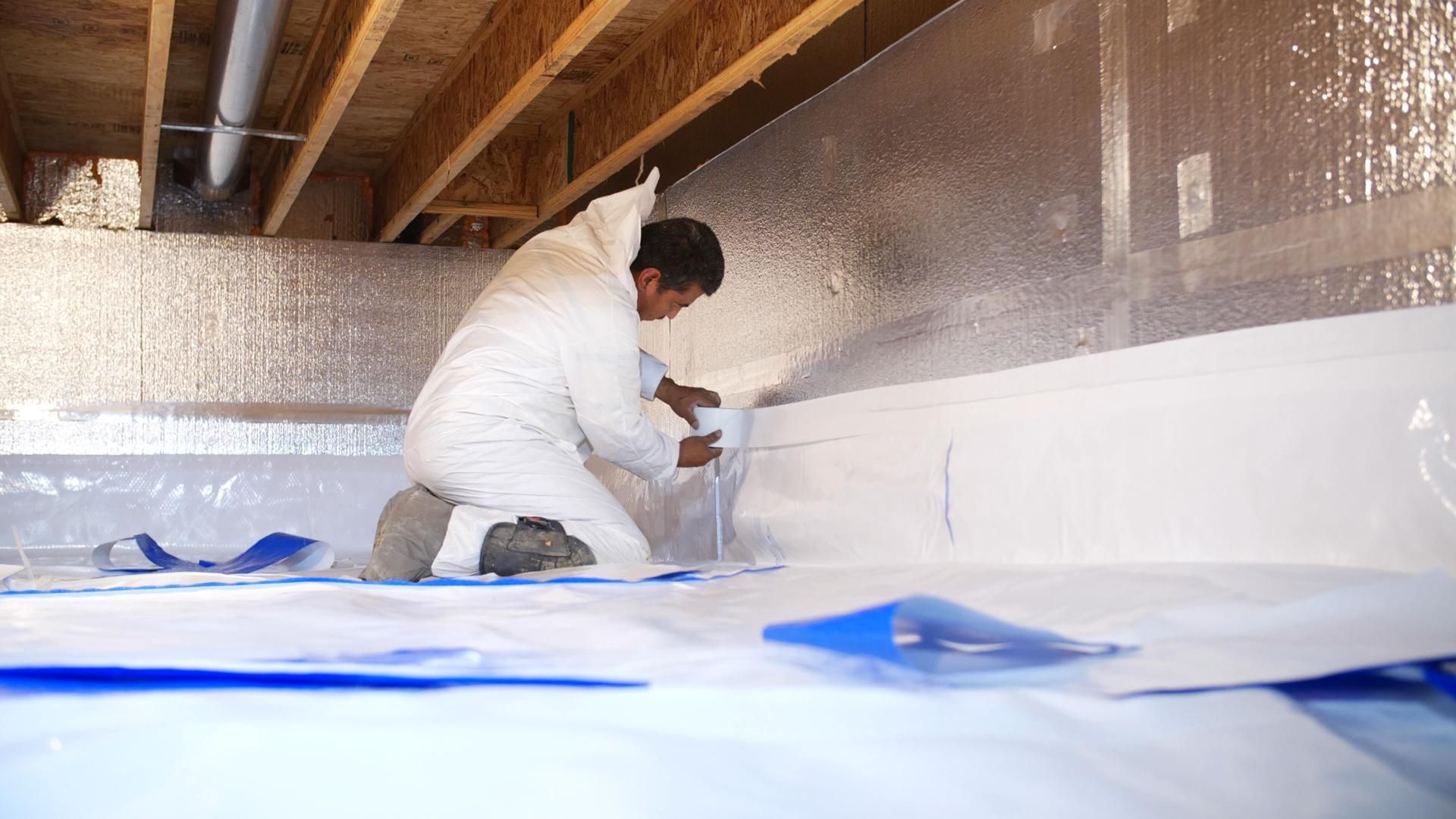

0 thoughts on “What Is R-13 Insulation Used For”